Lithium Storage Solutions
Lithium storage technology has become a cornerstone in modern energy solutions, offering a range of applications from home energy systems to large-scale industrial power management. This category encompasses a variety of products designed to store electrical energy in lithium-based cells for later use.
Types of Lithium Storage Systems
The landscape of lithium storage includes several types, such as lithium ion battery storage, lithium polymer battery storage, and lithium battery energy storage systems. Each type serves different storage capacities and discharge rates, catering to various needs from portable electronics to backup power systems.
Applications of Lithium Storage
Lithium storage systems are integral in numerous applications. Lithium ion batteries for solar power storage are increasingly popular in renewable energy sectors, while lithium battery for solar storage is commonly used in residential solar installations. Industrial sectors utilize lithium ion storage battery solutions for more demanding energy requirements.
Features and Materials
The materials used in lithium storage systems are chosen for their electrochemical properties, contributing to the efficiency and longevity of the storage system. Features often include robustness to temperature variations, compact design, and scalable capacity. Safety is also a critical aspect, with systems designed for safe storage of lithium batteries being a standard requirement.
Advantages of Lithium Storage Technologies
Lithium storage systems offer several advantages, such as high energy density and low self-discharge rates. They are also known for their long life spans and ability to handle numerous charge-discharge cycles, making them a reliable choice for energy storage.
Considerations for Lithium Storage Selection
When selecting a lithium storage solution, it is important to consider the specific energy requirements, the intended application, and the environmental conditions it will operate in. It is also crucial to ensure that the storage system is compatible with the existing power infrastructure.











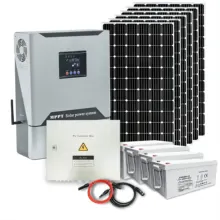


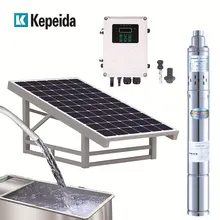



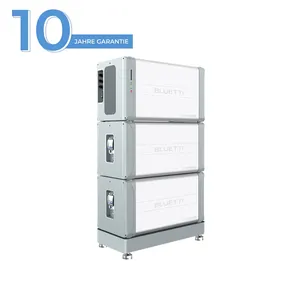
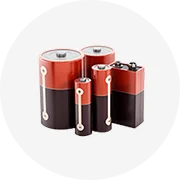
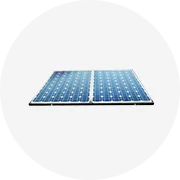
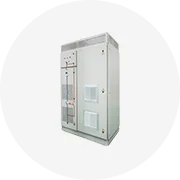
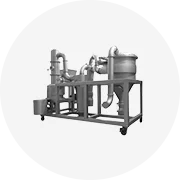

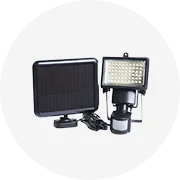
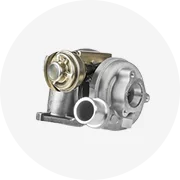
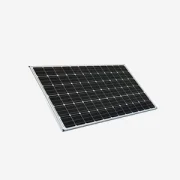








 浙公网安备 33010002000092号
浙公网安备 33010002000092号 浙B2-20120091-4
浙B2-20120091-4